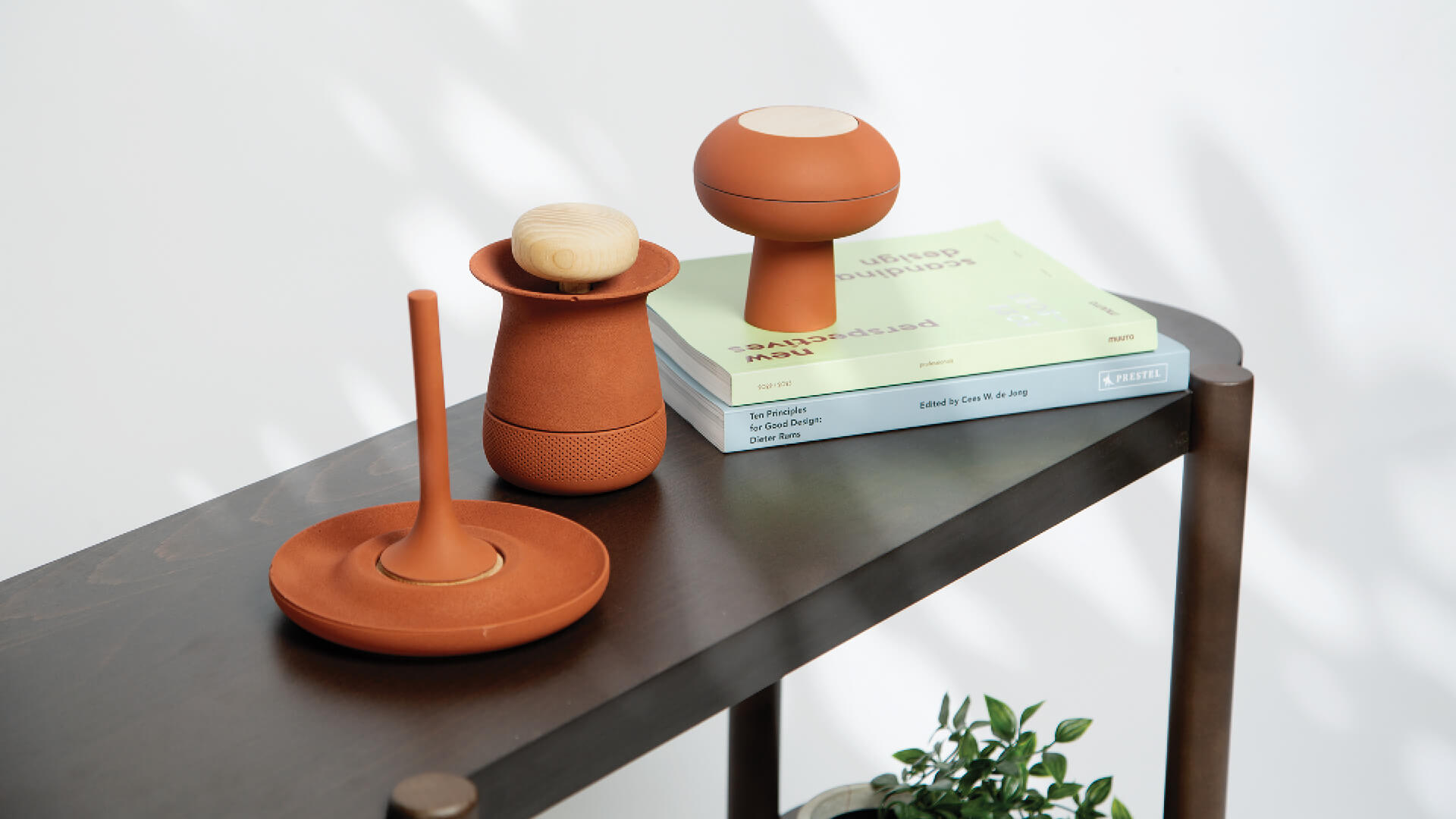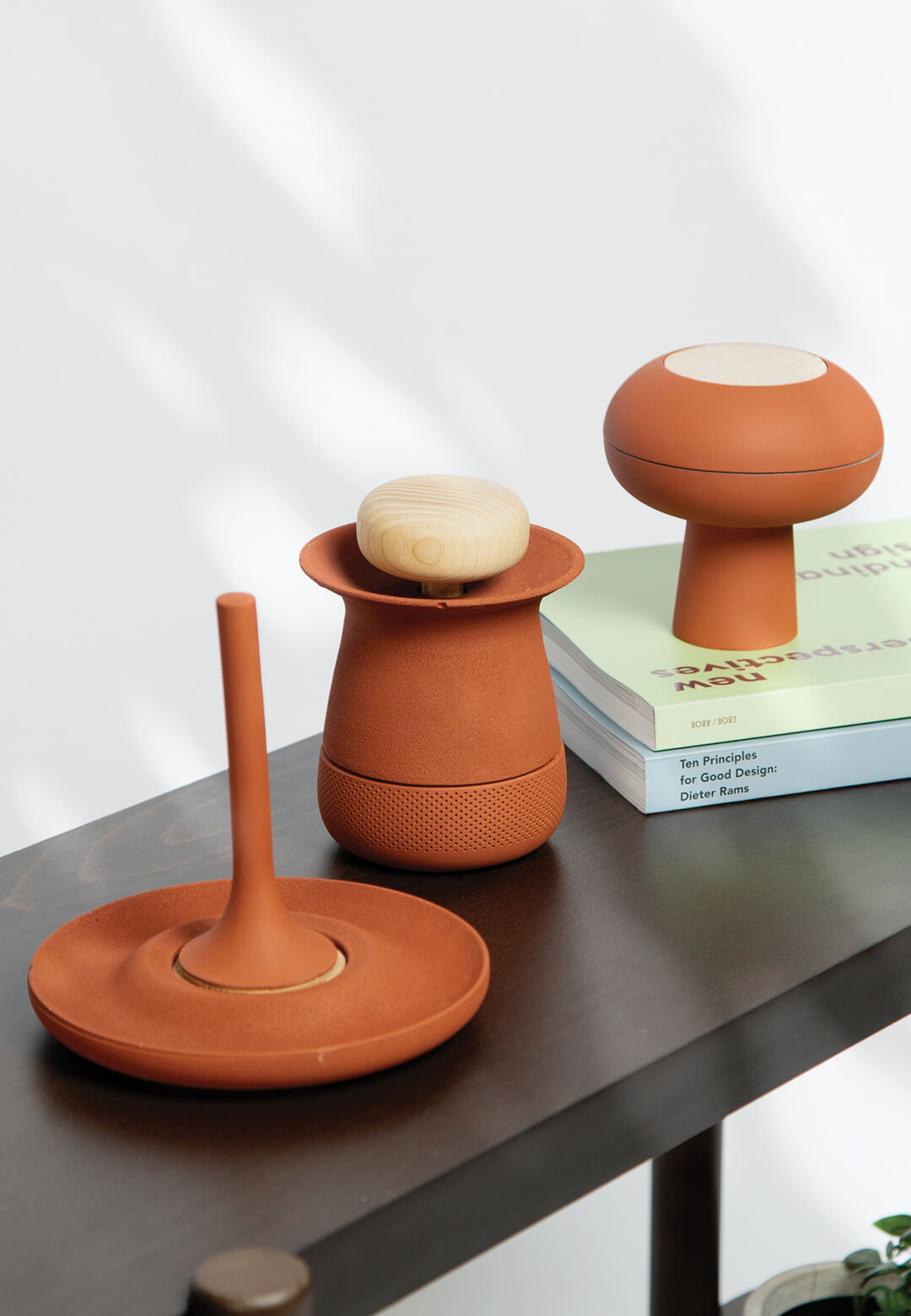Human beings are designed to channel their physical energy in a manner such that it can drive change and stimulate motion. Pulling carts, grinding wheat, heaving weights across large expanses, or something even as simple as parting curtains, operating a manual fan or a handpump—these are actions that beget direct reactions due to the force imparted upon them. These actions not only facilitate active bodily movements but help develop an organic understanding of the forces of nature, resulting in spontaneous, effortless and balanced kinesics.
In today’s day and age, however, these bodily movements do not find as much use as they did in the yesteryear. Light bulbs can be lit up by swiping across a switch, food items can be ground in food processors, and window shades can be controlled via our mobile phones. The introduction of artificial intelligence and smart devices in our private spaces has further exacerbated this process of distancing us from physical exertions that were undertaken to beget specific reactions. Their containment to buttons, switches and voice commands leads to a certain level of dissociation, wherein it becomes difficult to understand the exact procedure that leads to such simple movements. It also further homogenises the user experience for all entities in indoor and outdoor environments, extricating their charms.
A recent product design that aims to bring back tactility and garner user interest is Terra-Nova by upcoming industrial designer Gruff Jones. The British designer, a recent graduate from Northumbria University, in Newcastle, UK, designed three smart home devices that are unobtrusive yet memorable with their distinct and interactive design. This collection of three objects, designed as a part of Jones's final year studies, also won the New Designers DCA Design International Award 2023, the criteria for which delineated the exploration of design that could balance the digital and physical, meld service with the artefact, whilst addressing issues such as sustainability. "Gruff probed the status quo of consumer electronics within the home, encouraging interaction with the physical world through clever use of materials and unique interaction," the award judges explained, regarding Terra-Nova.
The first section of this project focused on studying the material--terracotta. This included delving into the history of the material as well as its properties and production techniques. Jones also examined the modern usages of the material as well as the application of its aesthetic properties in contemporary designs. Since the designer intended to merge this archaic material with modern applications, he recognised smart home devices as a potential area for experimentation. "As a huge growing market with many devices following a certain aesthetic and user interaction, this felt right, it seemed there was a clear trend in the market and a chance to do something a bit different. Both aesthetically and functionally," Jones shares. The product designer then proceeded with the front-end development of his concept, wherein he heavily focused on interactions with his designs. Jones sketched, modelled and prototyped various iterations that were inspired by the properties of terracotta.
Jones initially intended to sculpt the Terra-Nova pieces using terracotta, also known as earthenware--a particular kind of clay that is dug up from the ground and processed before usage. However, due to limited resources, the designer and maker sculpted his models using Jesmonite. He cast Jesmonite--in silicone moulds--mixed with a pigment coloured in a hue that resembles terracotta. By doing this, Jones was able to replicate the appearance and weight of terracotta in Terra-Nova. Enunciating upon his fondness for the originally intended material, Jones shares, "Terracotta in the context of the home feels right, in terms of its material properties, the typical use of ceramic throughout the home and its warm earthy tones."
The three objects--thermostat, smart assistant and light controller--help probe into a new way of integrating technology within an indoor space. Citing the rise in the number of smart homes across the globe, the designer shares, "As the number of devices in these homes continues to grow, terra-nova maintains a level of discreteness, with its intuitive forms inspiring intuitive interactions." All three objects defy the aesthetics identified with smart objects. Instead of being dressed in industrial materials finished with a shiny or matte sheen, the three pieces derive inspiration 'from the material properties of terracotta to form these interactions.' Amongst the hi-tech renditions of such objects in the market, Terra-Nova serves as a welcome anomaly--it not only promotes interaction, hence elevating the brand value of the object as well as enhancing user experience but also elevates the status of the object to an entity that can be classified as a relic or an object capable of holding sentimental value.
When asked why the collection was named Terra-Nova, Jones shares, "In my head, there are two interpretations of the name but these both work in tandem to suggest the same thing. The first, being pretty simple, suggests two halves to the name. Terra to represent terracotta and nova translating to new. So, basically ‘New Terracotta’ suggests a new use for the material. The second works on the straight translation of the phrase from Latin, which means ‘New land’. This works to suggest the new territory (land) for this ancient material."
The use of terracotta as the core material for Terra-Nova also challenges the uninhibited usage of plastic in our home devices. "As the jungle of devices continues to grow in our homes, these devices include a multitude of plastics. Terra-nova probes this use with a 100% natural, recyclable and long-lasting material," Jones shares. Despite delivering a potent prototype, Jones does not intend to mass-produce Terra-Nova yet. Instead, he intends to question and challenge current trends by experimenting with atypical materialities and interfaces, inspiring, hence, the tradition of rethinking materials within our homes, such that they are more ecological.
Jones's usage of this age-old material in a new mould utilises terracotta's physical attributes to enhance the individual experience of each of the three pieces. The thermostat welcomes users to cup their hands around it to adjust its temperature settings. It alternates between heating and cooling after each touch. This interaction with the product is inspired by the simple act of cupping one's hands together during winters, to retain heat. On the other hand, it references the strong insulating properties of terracotta to retain heat. Jones asserts, "The thermostat adjusts the temperature of your home through a more human interaction. It is less about dials and more about touch."
The light controller, on the other hand, reinterprets the design of a switch, in a manner such that one can adjust both the light temperature and its brightness through tangible interactions with the product. While traditional switches come with a numbered dial that limits the options one may have in conveniently modifying the lighting within a space, the Terra-Nova light controller designates more freedom for adjusting different light settings. This element of the design draws inspiration from the ability of terracotta to reflect and manage sunlight.
Lastly, Jones designed the smart assistant with a concerted emphasis on privacy. Its wooden knob can be pulled or pushed to increase or reduce the distance up to which the smart assistant can hear. Its design is inspired by terracotta's acoustic properties that enable efficient absorption of sound waves. The Terra-Nova smart assistant also enables the regulation of volume by running one's finger on the inner edge of the vessel.
Jones’s creations hint at the possibility of creating modern objects in a skin that is evocative of ancient crafts and traditions. In an indoor space pervaded with the sheen and shine of metals and plastic, the addition of organic materials paves the way for the influx of variety and personalisation. At the same time, they draw attention to the possibility of developing ecological designs that do not require mining, and can, instead be made and shaped from material sourced locally anywhere in the world.






 Sign in with email
Sign in with email










What do you think?